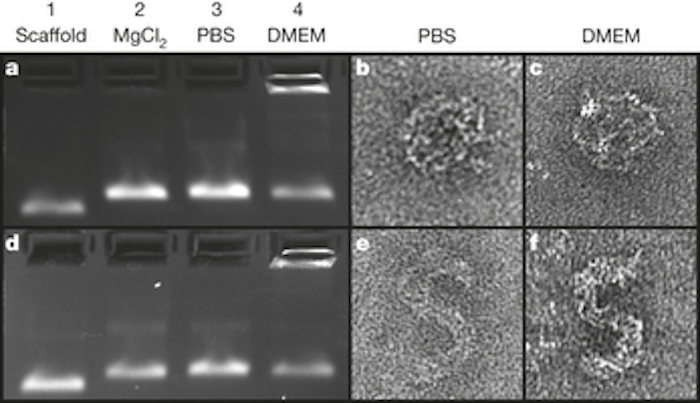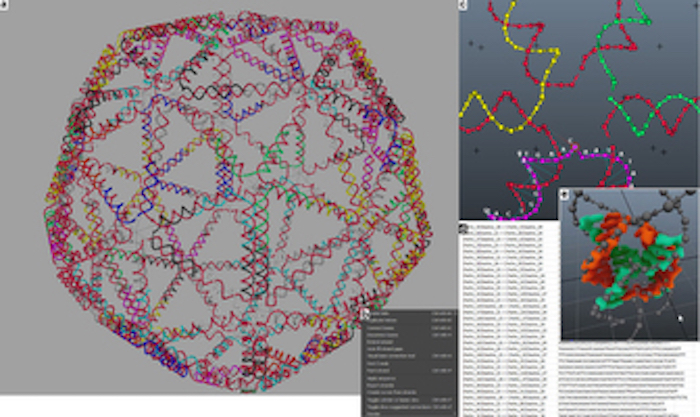
While 3D printing at human-sized scales remains a busy marketplace, research into 3D printing at microscopic scales also continues.
In a paper published in the journal Nature, researchers have developed a way to use DNA itself as a kind of microscopic 3D printer.

Here we can see the workflow they’ve prepared, and as you can see it is similar to that used by today’s normal-scale 3D printing. It begins with CAD design of a shape. From there the system analyzes the shape and develops DNA sequences that, when exposed to the proper chemicals, will produce the desired shape.
It sounds quite incredible, yet here we see an image of the process at work. Microscopic objects are indeed produced.

Incredibly, the workflow to achieve this is mostly automated. It’s almost like having a microscopic 3D printer.
At this point this technology is only an academic proof-of-concept, but there seems to be much potential here. Were this able to scale to larger sized (but still microscopic) objects, we could see complex objects being produced. If an ability for assembly were added, we could see multiple parts joined together to form very small machines, machines that could literally be designed in CAD and “printed” by DNA.
We expect this to eventually morph into a new 3D printing company in the future. MicroPrinting? DNAPrinters Inc.?
Via Nature

